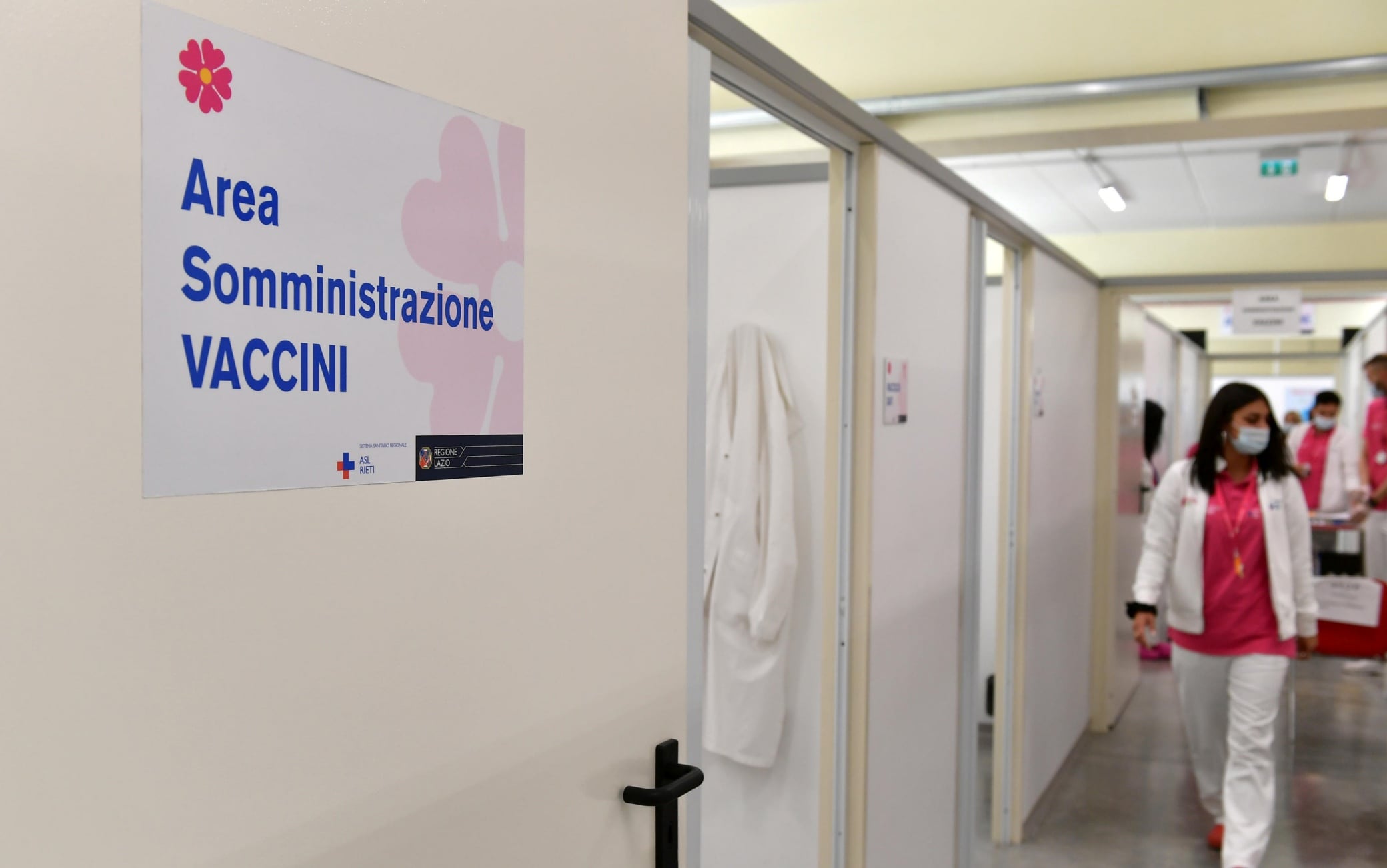Posted on Nov 2, 2021 8:30 AM
Recruitment difficulties have increased dramatically in Western economies with the economic rebound. Nowhere else than in the United States has this turning point been so marked. Even before the pandemic, these difficulties were already omnipresent there: 38% of independent American companies declared to encounter difficulties in filling one or more jobs in 2019. This proportion is now 51%.
Some of these difficulties are frictional: with the recovery of the economy, a sudden flow of hires has intervened with the lifting of health restrictions, to the point that the number of positions open to recruitment is more than 2 million more than the number. unemployed.
A shock to the economy
Beyond this frictional character, a spectacular feature is the contraction of the working population. The participation rate, or the proportion of people considered to be active (therefore employed or unemployed) in the population aged over 16, fell during the pandemic. It is 4.3 million people who are missing compared to the pre-crisis.
Above all, no increase in the participation rate has taken place recently despite the significant hiring flows. This decline of nearly 3% of the working population creates a shock on the economy’s production capacity, a shock that companies are trying to compensate in particular by extending working hours. It has been increased by just over 30 minutes per week on average in the private sector compared to 2019 (+ 2%) and is at its highest level for twenty years.
Professional mobility
This downward shock in the participation rate is due in particular to the acceleration of employee retirements. However, it is observed for all age categories, in particular the 35-44 age group.
Other motivations are thus underlying this withdrawal from the workforce, whether they are fears related to the health situation, to enrolling in a professional transition process that has not yet been completed, or even to the impact the relief of monthly student loan payments implemented under the Federal Student Loan Forgiveness Program after the persons concerned have demonstrated ten years of participation in the labor market.
This situation of labor shortage is already conducive to a sharp acceleration in mobility in the United States: entry and exit rates from employment are both at record levels. And this mobility pays off: while the salaries received by people who have not changed jobs in the last three months have not experienced any appreciable acceleration, those of people mobile in employment have accelerated to 5.5% at an annualized rate in August compared to last May, their strongest increase since the early 2000s.
And in France ?
Are these traits found in Europe and France? Recruitment difficulties have also become biting again. However, even though hiring flows are at record levels, labor mobility does not seem to have jumped as much as it has in the United States.
One explanation refers to the different ways of dealing with employment during the pandemic. Workforce retention policies have been rolled out in Europe and in France via partial activity mechanisms, while the contractual relationship has been severed much more often in the United States (-25 million jobs in the Spring 2020 course). Employment has been preserved on this side of the Atlantic. He disappeared and then quickly reappeared on the other side. This movement is leading to conditions that are now more favorable to the remuneration of mobile employees.
Denis ferrand is Managing Director of Rexecode.
–


